The heroes of the series Daredevil, Jessica Jones, Luke Cage, Iron Fist, The Defenders et The Punisher were temporarily “homeless” between March (the date of their release from the Netflix catalog) and June 2022. But fans can now find them alongside the rest of the Marvel stars in their new place of residence: at Disney+. To which purists will retort that the one and only place they belong is… New York. It’s not for nothing that Matt Murdock, Danny Rand, Frank Castle and company are nicknamed “the heroes of Hell’s Kitchen”. It is in this area of western Manhattan, nestled between the Hudson River and Broadway, that most of their adventures take place.
patriot superheroes
From Batman to Iron Man, from Marvel to DC Comics, the superheroes imagined by the authors of the founding comic books are part of a fundamentally American mythology. Yet their origin story is definitely New Yorker. These heroic and/or superhuman characters first show up in pulp magazines, then invade the mass-distributed comic books from the 1930s to the 1950s, a period described as the golden age of comic books.
This success was initially explained by the collective need to find an escape from the gloom brought about by the Great Depression. Then, when America engages in World War II, to defend the ideals of freedom and democracy, the superheroes become the fantastic incarnation of an invincible nation. Created a few months before the attack on Pearl Harbor, Captain America is a New York-born super-soldier who instantly won over readers of the time with his starry blue-white-red uniform.
Vindicators sent to fight “villains” on the European and Asia-Pacific fronts thus spread the government’s patriotic messages in an entertaining way. Their creators are all the more involved in this ideological battle as their parents are Jewish immigrants from Europe (which has prompted some of them to change their names for the sake of assimilation): Jerry Siegel and Joe Shuster give life in Superman in 1938, Bob Kane (Robert Kahn) and Bill Finger in Batman in 1939, Joe Simon and Jack Kirby (Jacob Kurtzberg) in Captain America in 1941, and Stan Lee (Stanley Martin Lieber) and Steve Ditko in Spider-Man in 1962.
As “first generation” Americans, they share this feeling of being outsiders within the system, citizens caught between two cultures and two heritages. This duality infuses their work: the vigilantes they invent have a public identity and a hidden identity.
New York, between dream and American nightmare
Another common point that unites these artists: their strong ties with New York. This is where the comic book publishing houses are concentrated and some of them are approaching the Big Apple to try their luck there. Others were born or raised there: Bob Kane and Bill Finger in the Bronx, Jack Kirby on the Lower East Side.
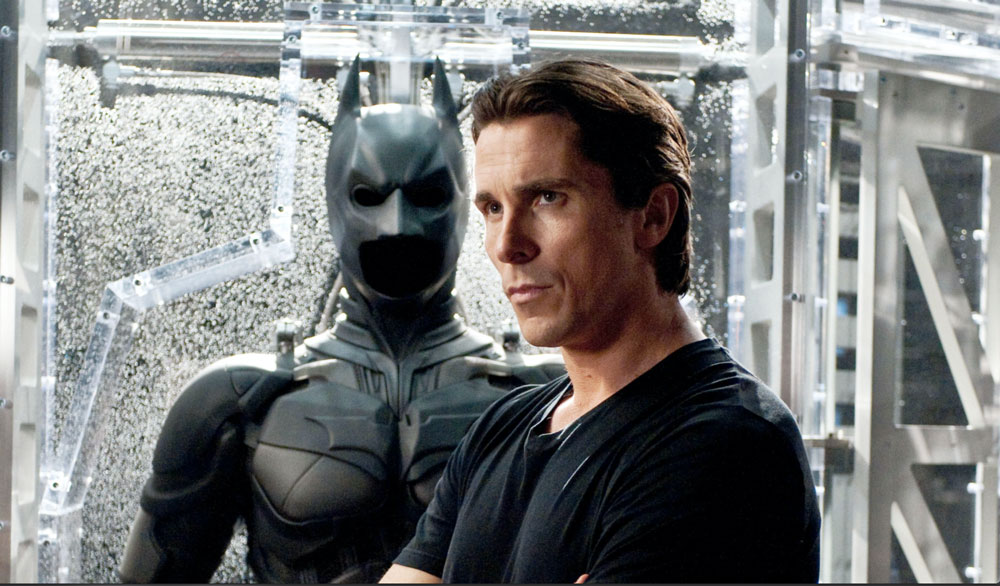
Consciously or not, they choose to set their stories in teeming metropolises where crime lurks around every corner. The New York references are more or less explicit: Spider-Man is a shy teenager raised, like Jessica Jones, in the Forest Hills neighborhood of Queens; Captain America hails from the Lower East Side (or Brooklyn, depending); Superman operates in Metropolis and Batman in Gotham, two cities whose neo-Gothic and Art Deco architecture recalls the urban hubs of Northeast America. The journey of these cartoonists and the New York origins of their iconic characters are therefore inseparable.
If the term Gotham is today mainly used to designate the city in which Bruce Wayne evolves, it is originally one of the nicknames of New York (introduced in 1807 to make fun of the fact that there are many of idiots). Gotham City represents the dark side of urban density, as Dennis O’Neill, one of Batman’s writers and editors, put it: “It could correspond to Manhattan below the 14e Street at three o’clock in the morning, November 28 of a very cold year. »
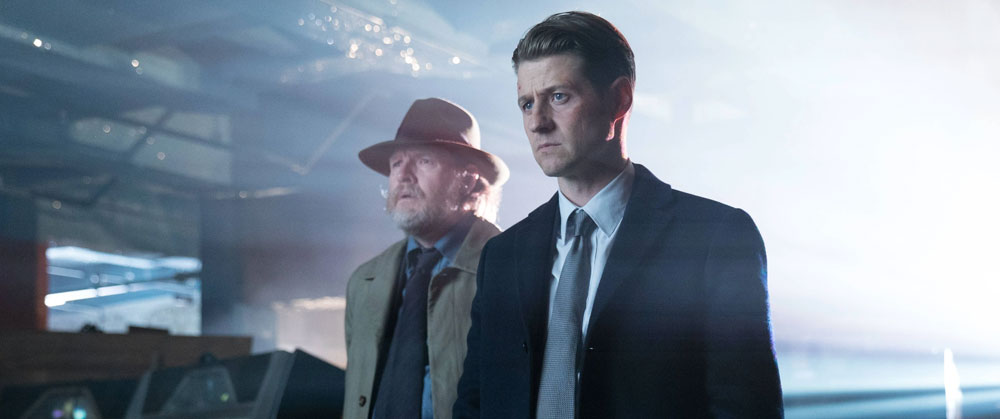
Todd Phillips, the director of the film Joker (2019), draws its visual inspiration for Gotham from the nihilistic thriller Taxi Driver by Martin Scorsese (1976) and sets the action in the 1980s, the most decadent period in the history of the city. Series Gotham (Fox, 2014-2019), meanwhile, is filmed in an exaggeratedly gritty (creepy), populated by shady characters. Its main character, Detective Jim Gordon, is a mere mortal.
He is described as follows by Ben McKenzie, the actor who lends him his features: “He’s the only honest man left in a town full of twisted people. It’s difficult these days to play a hero, a real one. […] He’s not an antihero, he’s a pure hero, but he’ll have to compromise. »
Heroism in the age of terrorism
In fact, in the wake of the attacks of September 11, 2001, which hit New York in the heart, the notions of heroes and superheroes were redefined. In the first comic books published in this gloomy context, the fictional vigilantes admit their helplessness while reaffirming their solidarity with the bereaved city. The real saviors, the ones Marvel pays tribute to in the volume Heroesdo not have extraordinary powers: they are uniformed personnel (firefighters, police, paramedics) who were deployed or went spontaneously to the scene of the tragedy.
They temporarily supplant Batman and Hulk in the toy chests of little Americans. Then, as shown in the documentary series Secret History of Comics produced by Robert Kirkman (available on Salto), the initial shock gives way to an exacerbated patriotic impulse. The film Spider-Man by Sam Raimi (2002) thus consecrates the triumph of the New York good Samaritan, this ordinary man who becomes a hero in spite of himself – here played by Tobey Maguire. In 2009, cartoonist Jerry Robinson aptly described this phenomenon: “The heroes are back. You could almost draw a graph. When times are bad, we look for heroes. »
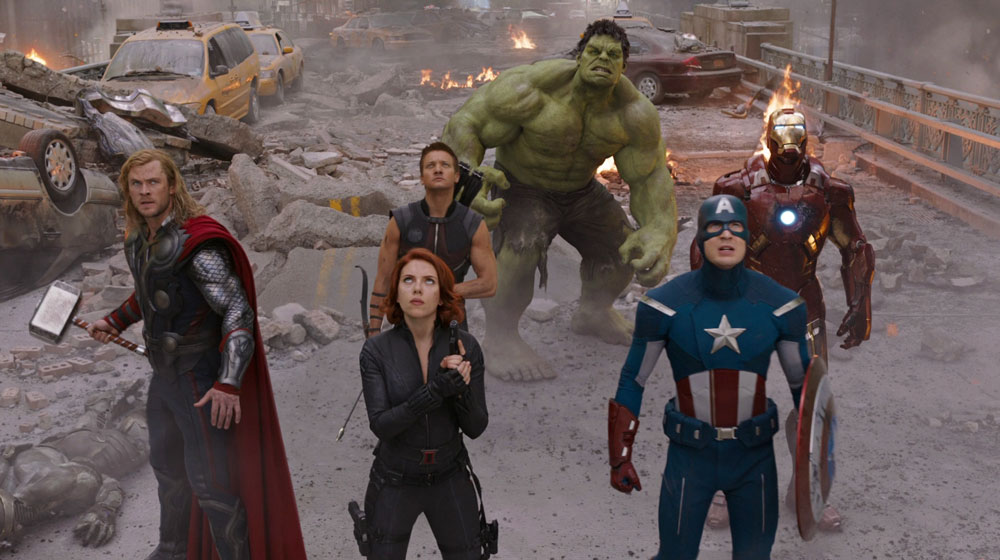
But the post-9/11 spirit of pride and collaboration soon turns into deep political divisions nationally and internationally, as demonstrated by the protests against the war in Iraq and the torture scandal at Guantánamo. The line between good and evil in Bush’s America is blurring: where does freedom end and security begin? Even the vigilantes who make up the Avengers team tear each other apart: the collection with the revealing title, Civil Warwas released in 2006 and adapted for cinema in 2016 (the union of the Battle of New York, which anchors the film The Avengers of 2012, will therefore not last long).
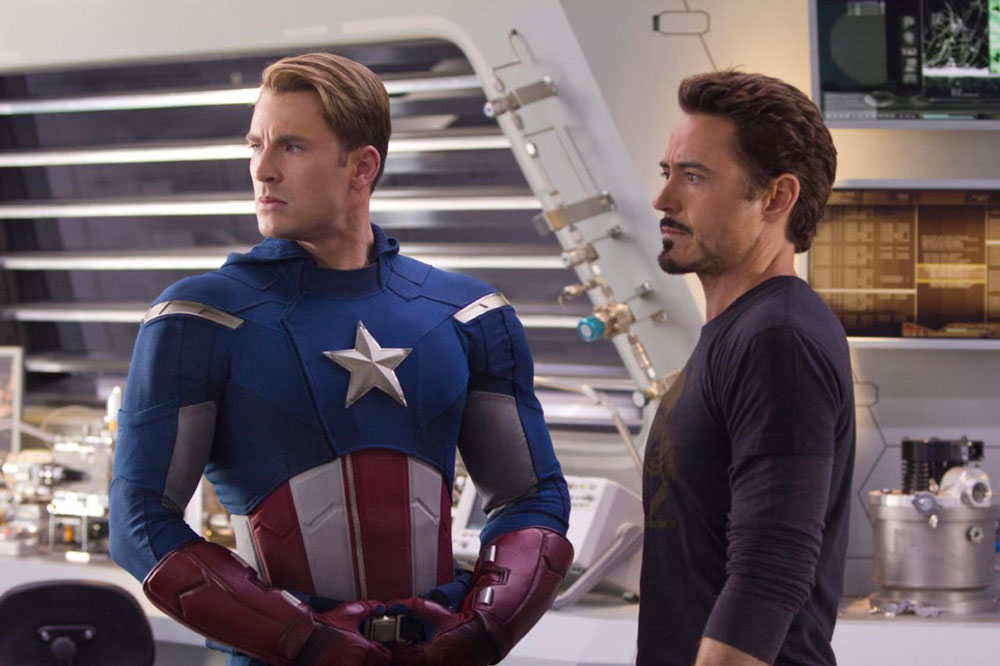
This crack was amplified by the financial crisis of 2008, the year in which The Dark Knight by Christopher Nolan. This neo-noir masterpiece further scratches the image of the superhero, making Batman a defender of the innocent ready to borrow the methods of a terrorist to better annihilate him. But it also definitively buries certain stereotypes associated with comic books: they are no longer reserved for fans, nerds or dreamy teenagers. This part of American pop culture has now become a form of adult entertainment in its own right that is a hit at the box office.
The heroes of Hell’s Kitchen arrive on Netflix
So what better way to continue to conquer an ever wider and ever more mature audience than to turn to prestige television? The 2010s are precisely placed under the sign of antiheroes with noble motivations, but with ambiguous practices, of Breaking Bad at Dexter et Sons of Anarchy. In the series Daredevila cover of which has just been announced by Disney, Charlie Cox plays the superhero that came out of the imagination of Stan Lee and Bill Everett in 1964.
Originally, it is designed on the model of Superman: a good savior in all respects. But, at the end of the 1970s, he passed under the pencil of the prolific Frank Miller and turned his moral cuti to become an ambivalent hero – a potential antihero. Series Daredevil is the inaugural opus of the collection produced by Netflix in collaboration with Marvel and its creators do not hesitate, too, to drive the point home of darkness: here is a vigilante who uses threat, violence and even torture, a demonstration anything but kids friendly of the adage “the end justifies the means”.
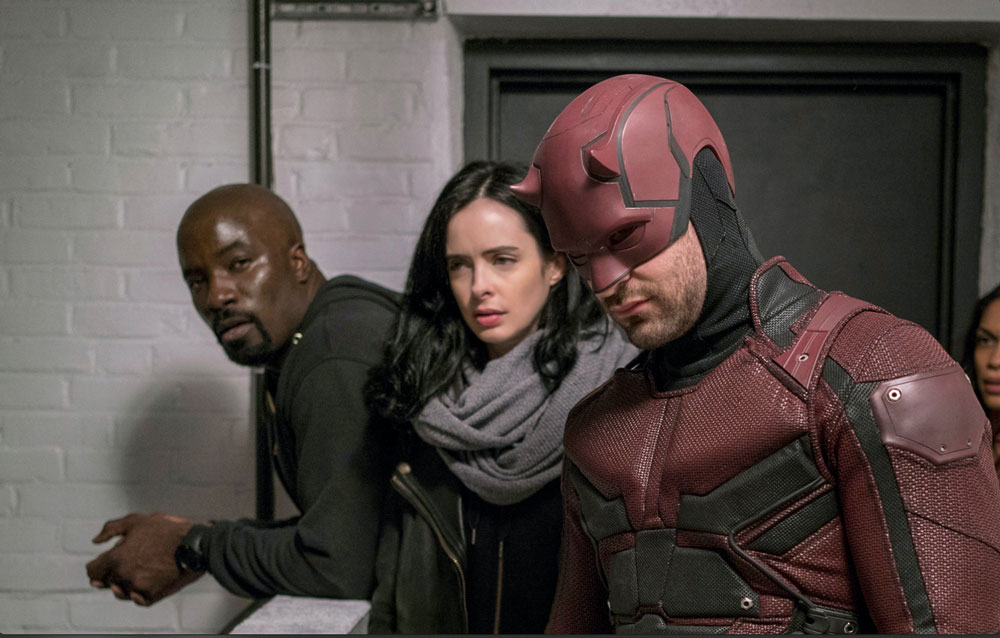
In the current context where political correctness is often mocked, it is not always the angelic side of the inner conflict specific to superheroes and vigilantes that wins. As Professor Benjamin Saunders states: “Americans were hurt and scared by 9/11, and the impulse for retribution and revenge is often expressed in a rhetorical assertion of justice. Batman, for example, is a character who invites us to enjoy the experience of virtuous violence more explicitly than does Superman.
Television has successfully captured this development, even managing to make us feel empathy for these controversial vigilantes. Daredevil’s neighbor, Jessica Jones (played by Krysten Ritter) is a flayed anti-heroine: since being manipulated by the dangerous Killgrave (David Tennant), she drowns her post-traumatic stress in alcohol. But, little by little, she decides to put her physical strength at the service of a just revenge, even if it means taking a few villainous detours. Her quest, directed by feminist showrunner Melissa Rosenberg, received critical acclaim.
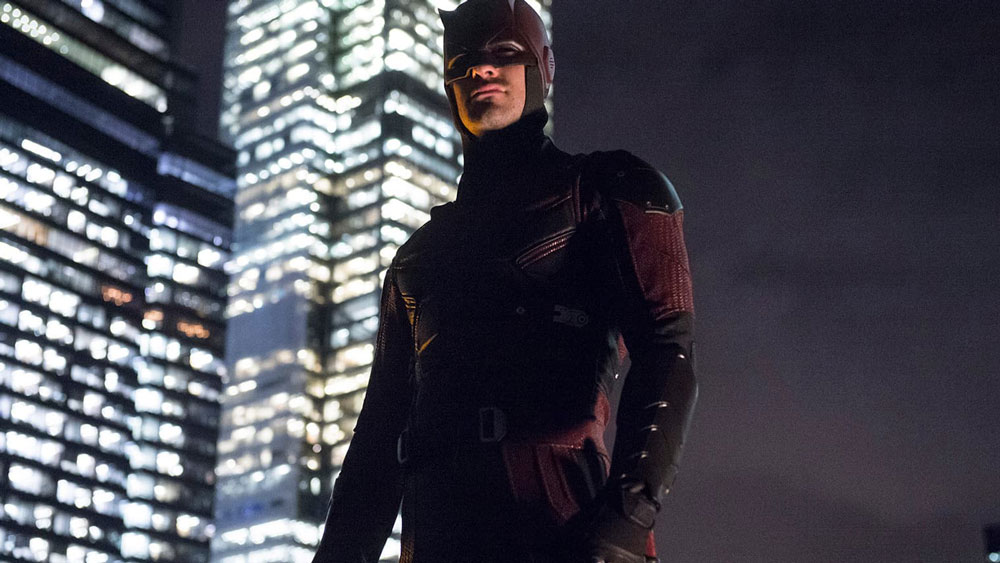
Pour Jon Bernthal, The Punisher is the series that “definitely stands out as the darkest and most brutal work that we have seen at Marvel”. More human than divine, today’s superheroes turn their imperfections into strength. And DC Comics is no exception, with the mini-series Watchmen (2019), one of the major elements of which is the New York massacre. Since then, producers and screenwriters have continued to push the limits of our tolerance without ever reaching absolute darkness, offering us committed series and films where the moral cursor is constantly moved. These works also reflect the diversity of the New York population, without embellishing reality. Stan Lee, this son of immigrants settled in New York who died in 2018, would have been proud.
For further : Discover New York in series, Marion Miclet, Huginn & Muninn, 384 p., €19.95.
–


